|
All the elements of exquisite beauty are present. There are mesmerizing shapes, colors, texture and such interesting main characters. I googled to figure out what kind of insect I'd photographed below. It had a sparkly green body that made it look a bit like a honey bee dressed in drag. I think they're called sweat bees, named for their habit of landing on people and licking the perspiration from the skin in order to obtain the salt. "This family of bees engages in a behavior called sonication, or buzz pollination. The bee places the anther in its jaw and vibrates each flower with its flight muscles, causing pollen to be dislodged. Wild blueberry (Vaccinium spp.) crops are more effectively pollinated through buzz pollination, and sweat bees do pollinate this plant." source: http://www.nbii.gov "These bees visit between four and eight flowers per minute and carry significant pollen loads on their hind legs. Additionally, sweat bees are generalist feeders - they feed on, and subsequently pollinate, many different flower types. These behaviors and adaptations make sweat bees efficient pollinators." source: http://www.nbii.gov This little light blue fly-bug pictured above (need to find out what it is) was about the size of a mosquito. I added some photos to this blog from other walks. All my photography is for sale as framed and matted prints. Please contact me for details. Custom orders are a pleasure. Email me: betsy at livehonestly dot com.
0 Comments
Your comment will be posted after it is approved.
Leave a Reply. |
SEARCH LIVEHONESTLY
Loading
My LADYBUG photo book is now available for sale! This makes a stunning gift book or the perfect coffee table book that adds color and beauty to any setting. Full of inspiring quotes.
One square mile of land contains more insects than the total number of human beings on earth!
The Earth has a surface area of 196,939,900 square miles. It's estimated that there are more than 200 million insects for each human on the planet!
A recent New York Times article claimed that the world holds 300 pounds of insects for every pound of humans.
There are some 900 thousand different kinds of living insects known in the world. The true number of insect species can only be estimated from present and past studies. Anywhere from 1 million to 10 million insects may still be unidentified as yet, according to scientists.
Archives
September 2011
Categories
All
About insects ...
"These small, six-legged creatures include bees, ants, flies, mosquitoes, grasshoppers, crickets, butterflies, cockroaches, termites, fleas, and beetles. Although some insects annoy us by spreading disease, damaging crops and household items, and biting people and pets, these represent only about 17% of all the 800,000 species. The rest of the insects serve a very valuable purpose in nature. These serve as food for birds, frogs, fish, and other animals; pollinate crops; destroy other harmful insects; give us honey, bees wax, shellac, and silk; and keep the land clean by feeding on dead animals and plants." Source of the above: http://www.bigsiteofamazingfacts.com |





















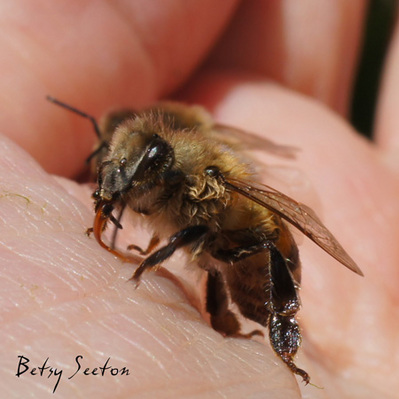
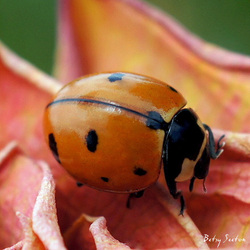
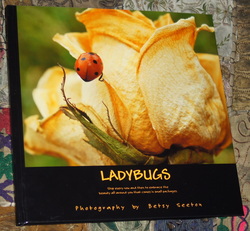
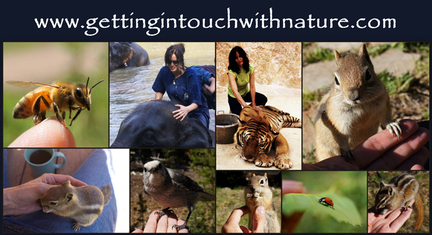
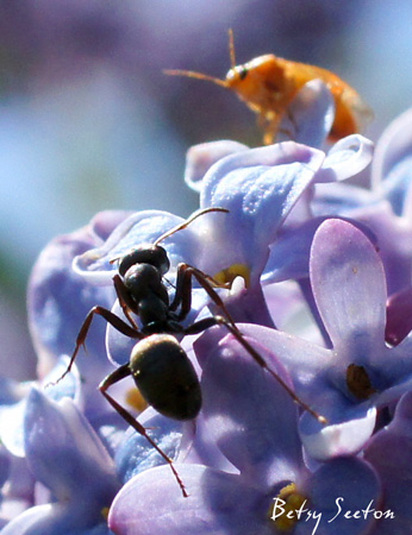
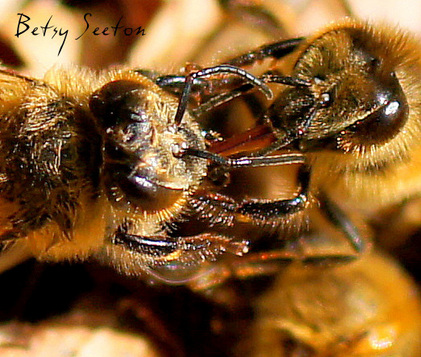
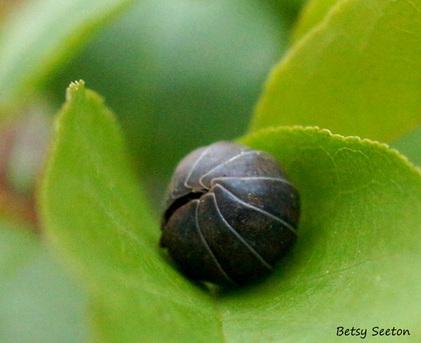
 RSS Feed
RSS Feed
